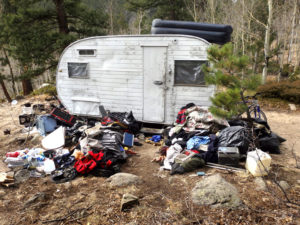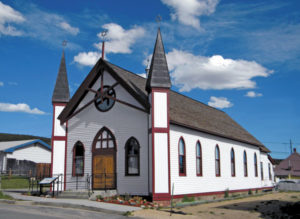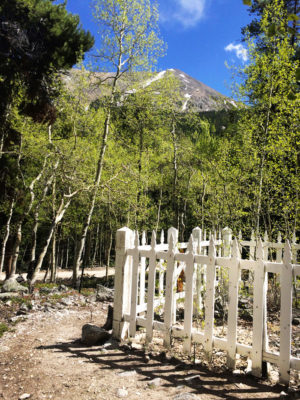Zero-Scaping?
Brief by Colorado Central Staff, June 1998
Recently we saw an ad in a local publication for a house with a “zero-scaped” yard.
We doubt they meant that the yard had absolutely no landscaping, or that it was decorated extensively and exclusively with zero ornaments.
We suspect they actually meant xeriscaped, which means the yard has plants which don’t consume much water.
Its root word is xeros, from the Greek for “dry.” So far, so good, but if we were really following the Greeks, we’d pronounce it “kheeros” rather than “zehros.”
Perhaps the most famous coinage from xeros is Xerox, the trade name for a company that makes, among other things, machines that produce copies of documents by a dry method, as opposed to the “wet” (photographic, ditto, mimeograph) methods that Xerox copiers have pretty well displaced.
Chester Carlson, who invented the process about 50 years ago, coined the word. Xerox is trademarked, and if you publish something like “we got 10 xeroxes of it at the copy shop,” you’ll get a polite but firm letter from the company’s attorneys.
However, Carlson also coined some generic terms: xerography for the process, and a xerograph or xerographic copy for the results. You can use those without hearing from the trademark protectors, who work to keep Xerox from going the way of aspirin, cellophane, heroin and linoleum. Those were all trademarked product names which evolved into common nouns, and lost their trademark protection.
Back to lawns. The opposite of a xeriscape might be a phreatoscape, since phreatophytes are plants that drink up ground water, such as cottonwood trees.
According to an article in Colorado Gardener, a healthy xeriscape in Denver needs about 17½ inches of water during the 26-week growing season, while the traditional bluegrass needs about 65 percent more water, or 29 inches.
However, people irrigate more than necessary. The average single-family residence in the city applies 31 inches with the hose-and-sprinkler method. The surprise is that it’s 39 inches if they’re using clock-controlled sprinklers.
So, all those underground sprinkler systems we see being installed around Salida might save labor, but apparently they don’t save water.
[InContentAdTwo]




